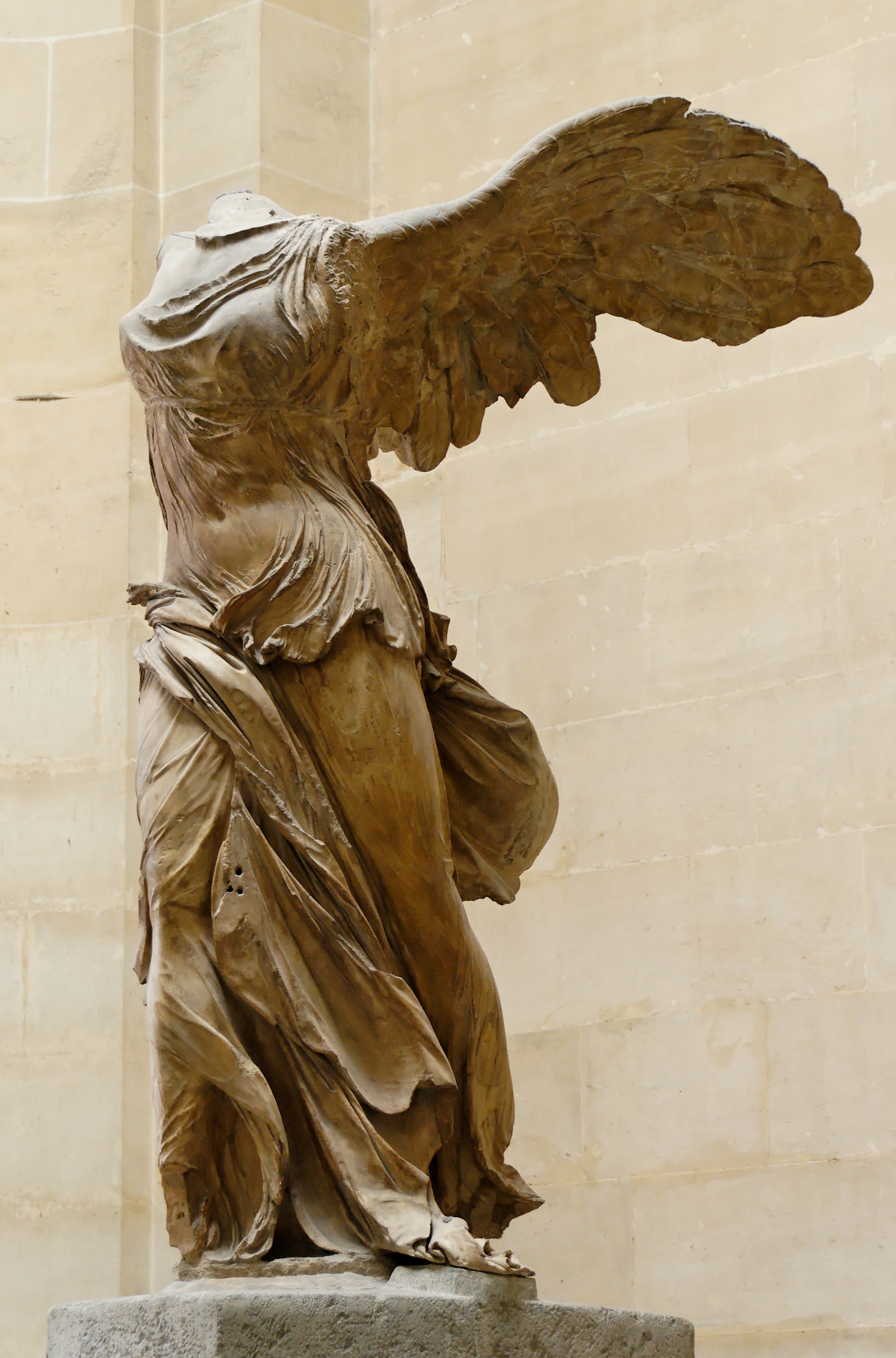 |
| Nicolas Sebastien Adam, Prometheus Chained, 1762 |
Through body language, automobiles, dance, and travel we express our individuality with movement, geographically and otherwise. Even our penal system relies on the restriction of movement and related privileges by locking inmates in shared cells. Granted, we have to keep them somewhere, but it certainly plays into the equation. Either way, the prisoners are damn lucky that they don't have the added unpleasantness of having their liver eaten by a giant bird day after day. Such is the cherry atop Prometheus' just desserts.
Looking at this sculpture you can almost feel Prometheus' anguish as the giant eagle chows down on his liver, leading the titan to tug and pull at the chains that bind him, wearing the skin at his wrists raw and bloody while the wind blasts in his face and scatters the sheets behind his body. The violent movement of the wind to the right of the sculpture along with the pointed beak of the bird and Prometheus' right elbow all join together to force you off the cliff side, tumbling down, and down into the chasm below. It's all rather melodramatic, but that's how the gods play their game, and what gorgeous statuary it makes.







